I love long train journeys, although I tend to have a selective memory about them.
On one of our very first train trips in India, eighteen years ago, we both awoke in the night to the sound of retching. Propped up on our elbows in our berths, we watched as a distraught passenger ran the length of the darkened carriage towards the toilet at the end, hands over his mouth. Whatever was disagreeing with him sprayed through his fingers and soon the aisle was slick with it. It stayed that way until morning, when one of India Rail’s many laconic employees sloshed through pushing a dirty mop. With more than a million employees, the railway is India’s second largest employer, but nobody was on hand to clean up the mess (and it’s quite possible that the pantry car was responsible for the incident in the first place). I’d forgotten about the whole thing until Oyv started reminiscing about it when we boarded a train just recently.
Still, we’ve spent many a day or night happily clacking along, when we aren’t surrounded by snorers, or hoarkers, or loud phone-talkers. Or pukers.
One way, or another
If the trains are booked out – which happens surprisingly often – there’s always the nightbus. Literally a bus with bunkbeds, the only difficult part is finding the one we’re meant to be on in a fleet of them zooming past on the highway or parked, heaving exhaust, on the side of the road.
Once we’re on, assuming the sheets are somewhat clean, we’re in for a good night’s sleep night of violent swerving, crashing bumps that can toss you in the air, and whatever rest is possible in a coffin-like slot meant for someone at least six inches shorter than I am. It’s also quite likely that we’ll wake up to find extra passengers packed into the aisle – mostly snorers and hoarkers – one after another sleeping on the floor head to toe.
But we get where we’re going, and usually bright and early too. Or else really late, like the last nightbus we were on which broke down and left us standing on the side of the road in the wee hours of the morning.
In short, it’s rare that we’ve not been able to get somewhere we want to go.
Except the time India wouldn’t let us in in the first place, and I’ll get to that in this post. But once we’re inside the country, we’ll find a ride one way or another. And keep in mind, India is huge.
First class to Kolkata
Leaving Chennai we got a first class coupe on a train bound for Kolkata. It was a twenty-eight hour long journey and first class meant we’d have our own little room with a door to shut at night, instead of sleeping in berths stacked four to six in open compartments and two more on the side.
We’ve never gone first class before because free-spirited last minute bookers like us aren’t spoiled for choice. It wasn’t fancy. It was an older train and alarmingly dingy. But the long journey afforded me the opportunity to binge-watch ‘Love is Blind’ and closing the door guaranteed no snorers or hoarkers.
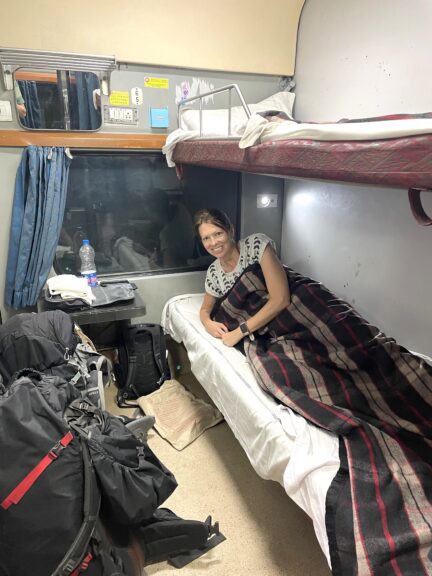
I got off the train in Kolkata caught up on my series and well-rested, so according to my selective memory it was an awesome trip.
Arriving in Kolkata at six-thirty am is something to mentally prepare for. After London, it was the second largest city in the British Empire back when that was a thing. It’s still one of the most populous urban centres in the world, a megacity with a reputation to match.
We tucked ourselves away in a quiet neighborhood in the south end, filled with cafes and good restaurants, shops, and red and orange street-corner shrines.
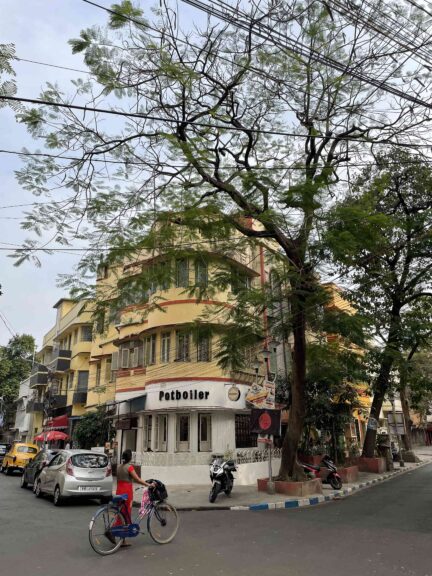
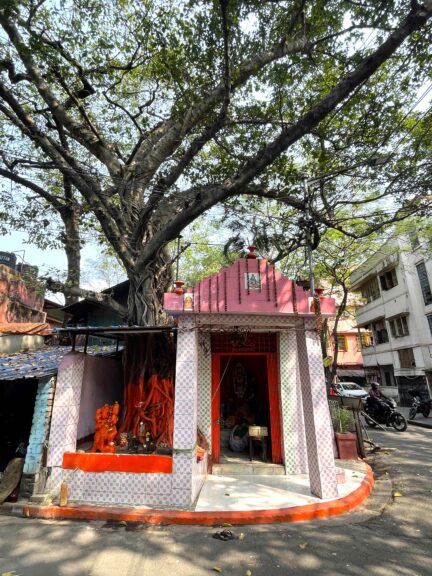
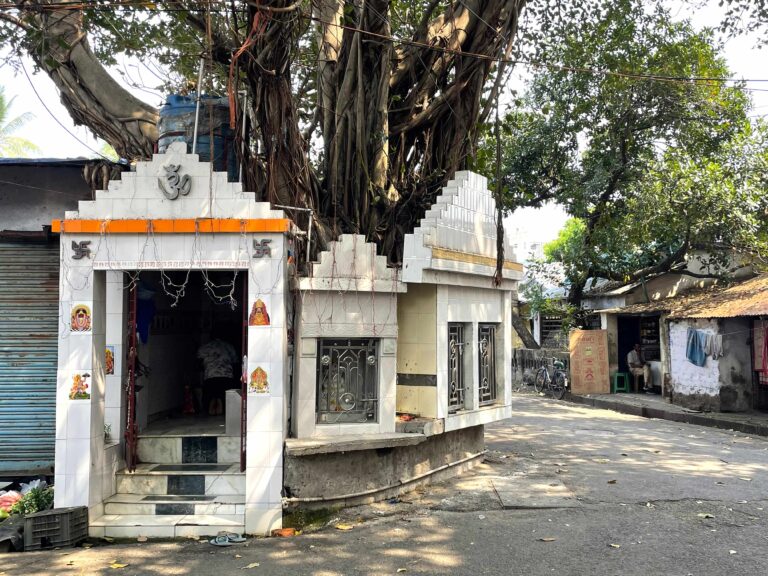
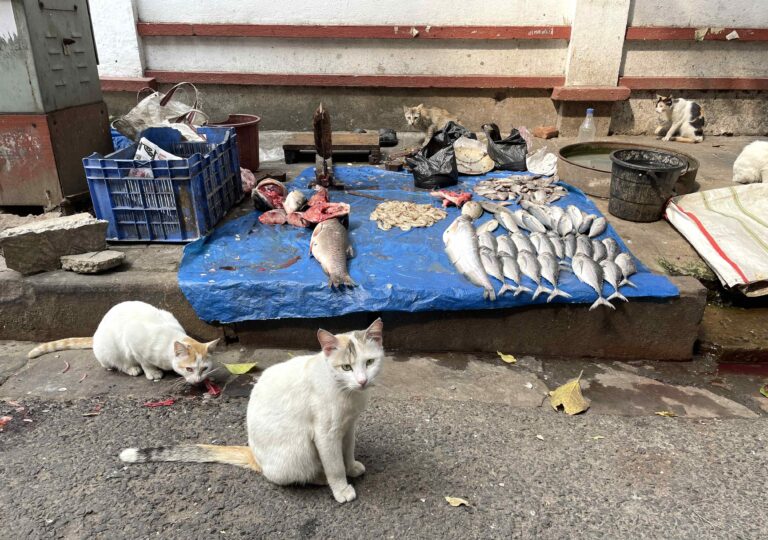
Whenever we felt like a deepdive into madness, we just hopped onto a city bus.
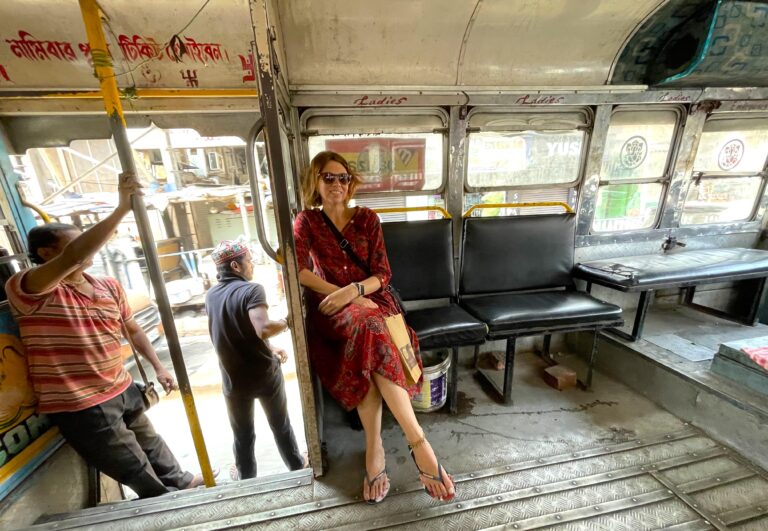
Park Street is Kolkata’s most famous thoroughfare, once called the ‘neighborhood of Englishmen’. A lot of the Englishmen are still here – in the big and atmospheric cemetery formerly known as the ‘Great Christian Burial Ground’.
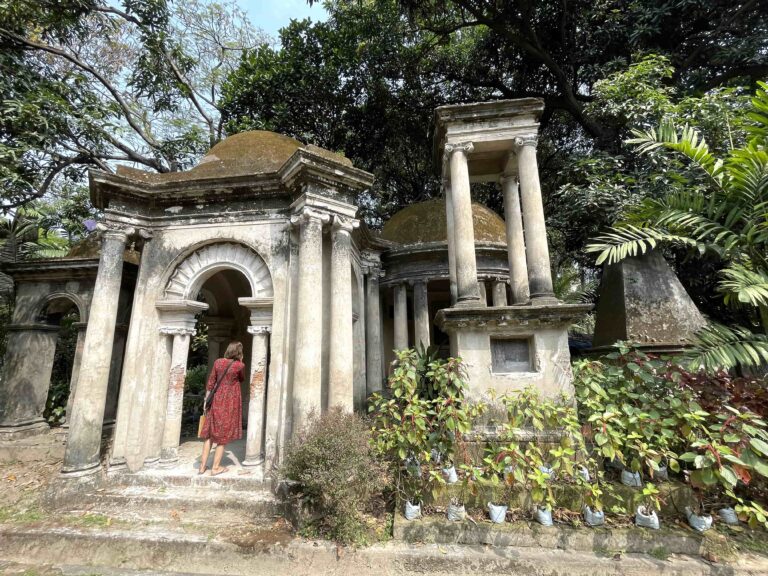
It contains the graves of a lot of G&T drinking colonials who died young mostly from fever, although we noticed a few lost at sea or in various skirmishes, as well.
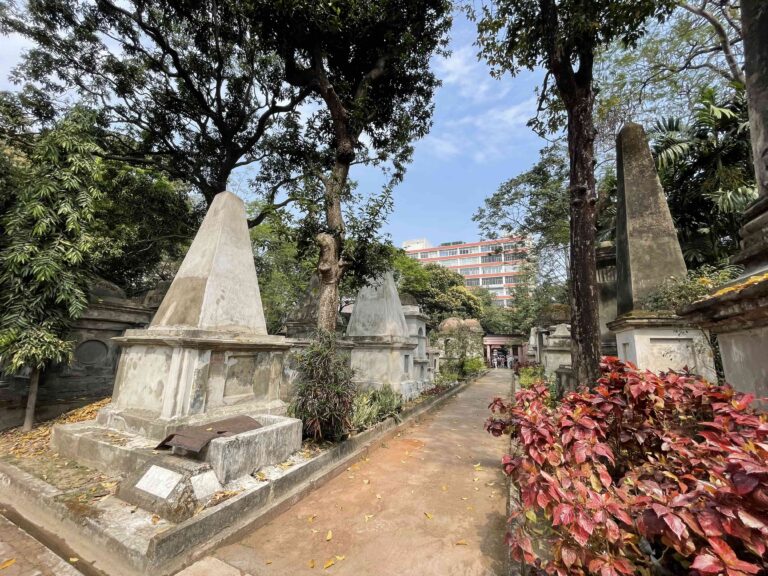
The most famous person buried in the Englishmens’ neighborhood was Albanian. Mother Theresa is buried in her charity’s headquarters – the Mother House. The convent is still a little pocket of quiet just steps off of the noisy street.
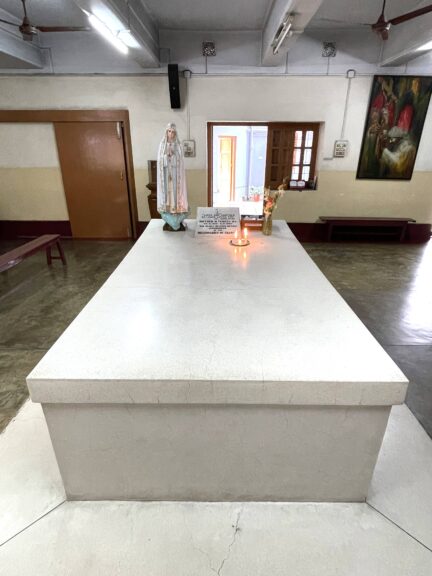
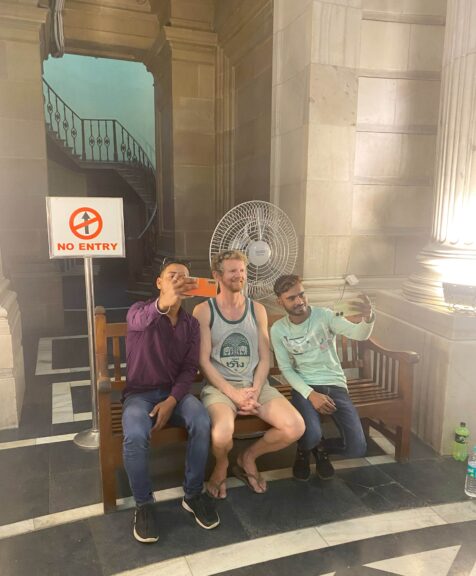
Bussing to Bangladesh
There’s a train that runs straight from Kolkata to Dhaka, the capital of Bangladesh. It’s only possible to travel right through by rail if you’ve already got a Bangladesh visa in your passport. We didn’t, so we took a bus to the border post at Benapole where you can get a visa on arrival.
Like India’s western border with Pakistan, this border came into being during the partition of India in 1947. The British drew a line on this side of the map too, creating a little pocket of Islam called East Pakistan. But East Pakistan didn’t identify with the country it was a part of, far away on the other side of India, and fought West Pakistan for independence. East Pakistan won the war in 1971, and became Bangladesh.
A border town like Benapole is no place to linger so we took another bus to Khulna, on a patchy road through glassy green rice paddies.
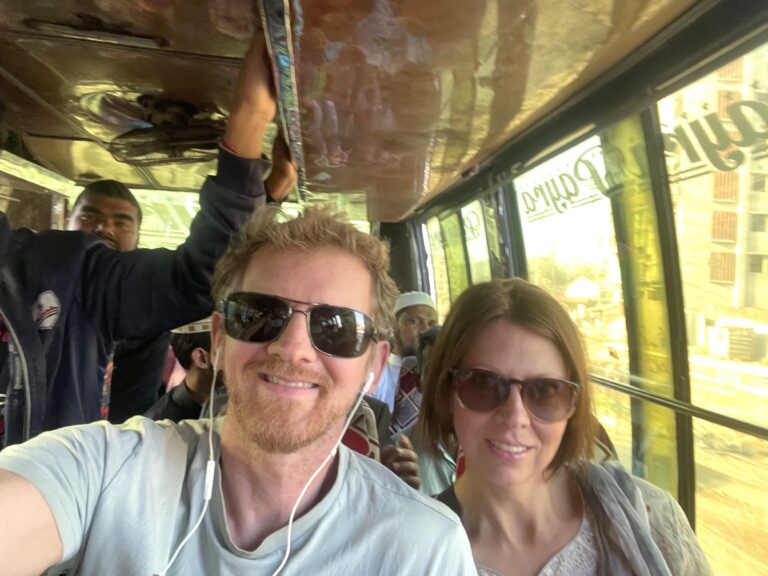
On arrival Khulna was a bit of a dumpster fire. Really – the bus pulled up and put us off right next to a pile of burning rubbish. I’ve been to Khulna before and liked it just fine. It’s an easygoing introduction to this forgotten little over-crowded nation of rivers.
The Rocket and a launch
Ferries are to Bangladesh what trains are to India. Dubious wrecks-looking-to-happen ply the waterways in every direction.
The Rocket is the collective name of a small fleet of old British-era paddlewheel steamers. I took the Rocket once from Dhaka to Khulna and the whole experience had an old-world charm to it, in part due to the fact that basically nothing right down to the bedsheets seemed to have been replaced since the British themselves were aboard.
We had our hearts set on traveling to Dhaka by Rocket. The only difficult part about river transport in Bangladesh is that you can’t find any sort of valid schedule on line – forget about advance ticketing – and nobody seems to know anything about it.
‘Oh no Madam, there is no such thing.’ said the receptionist at our hotel in Khulna when we asked him about the Rocket. ‘Really, since when?’ I asked, entirely unconvinced. ‘Since twenty years ago Madam’ he said confidently. ‘That’s strange, I was on it in 2019’ I informed him. The receptionist stuck to his guns. ‘Oh. Maybe since ten years ago’.
Undeterred, we went to the docks where we asked at a couple of offices touting Sundarbans cruises. We heard varying accounts of the Rocket never existing, ceasing service anywhere from fifteen years to two months ago, and departing very soon – or not at all – from Hularhat, a market town two hours away by bus. The very same market town I’d disembarked the Rocket at in 2019.
Finally, even I doubted the Rocket’s continued existence. But what we did know is that launches – big, somewhat modern ferries – regularly stop in Hularhat on their way to Dhaka. So, we crossed our fingers and took a wretched local bus to Hularhat, planning in exasperation to board whatever vessel happened to sail by towards Dhaka.
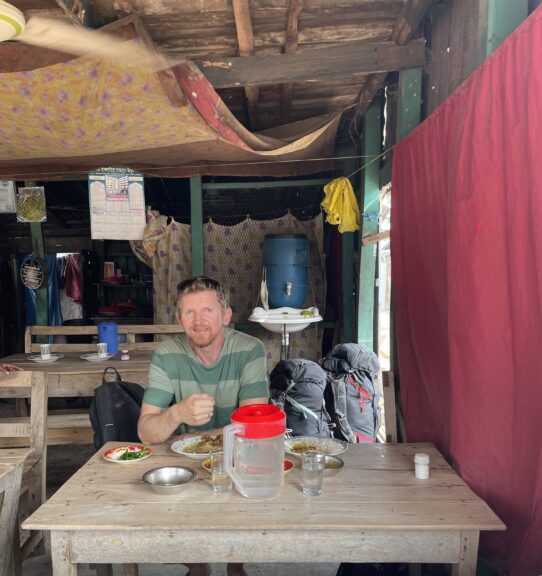
This plan worked. After several hours of drinking chai and hanging out on the riverbank, a launch appeared on the horizon and a flurry of activity suddenly took place on the dock.
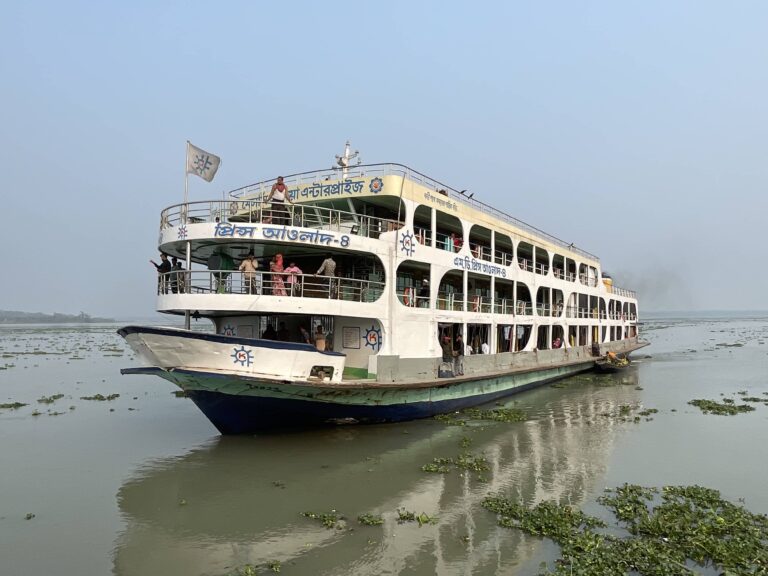
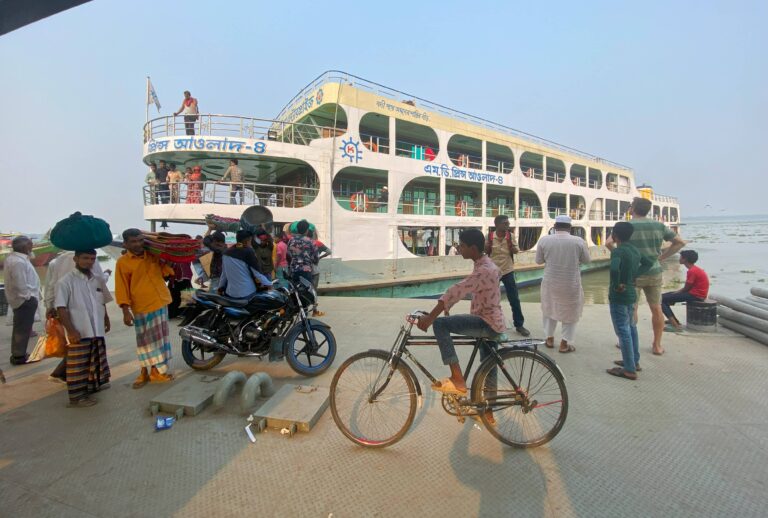
An old man set up a rickety wooden table and a little stool. He pulled open a drawer to reveal some crumpled money lying loose in the bottom, and sold us a little stub of paper which in turn got us onboard and into a first class cabin.
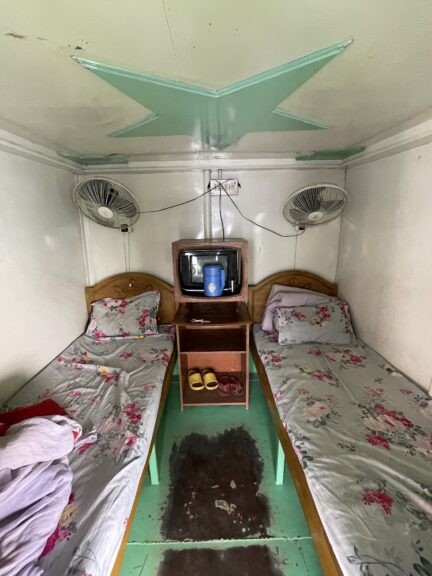
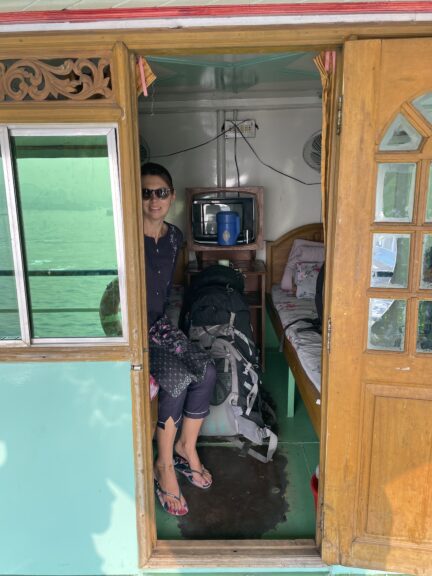
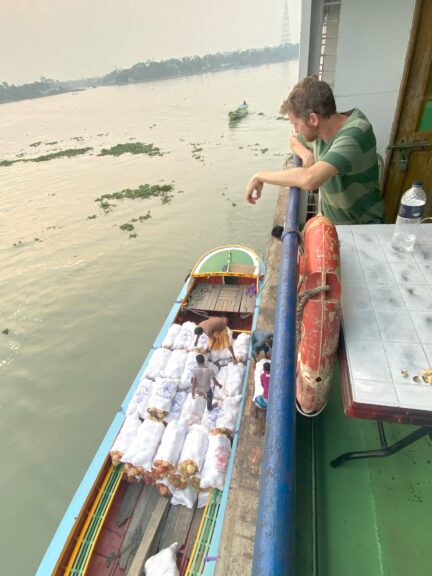
Settled in, we watched from the upper deck as the launch rumbled to life and chugged into the gathering darkness.
Slow travel may have been invented here
After the relative peace and quiet on the river, arriving in Dhaka is like a slap in the face. It’s one of the most densely populated cities in the world.
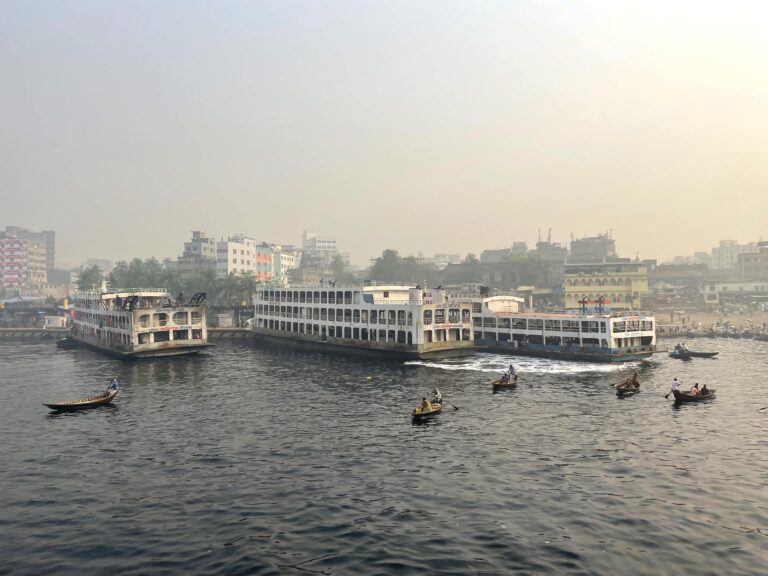
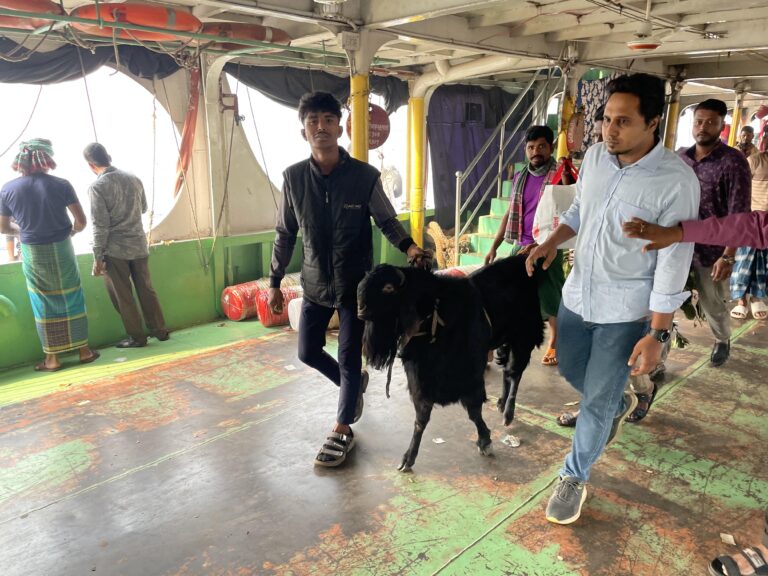
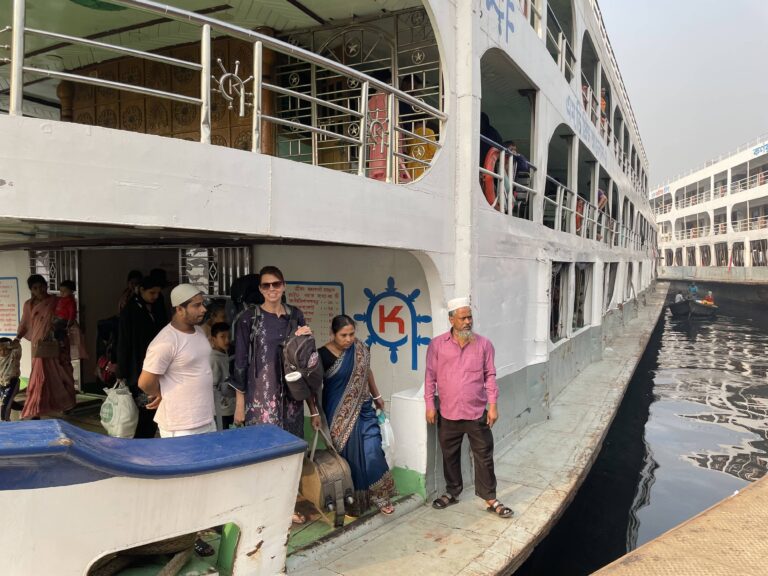
During the prosperous Mughal era the city was sometimes called the ‘Venice of the East’. I can see it – cycle rickshaws are to Dhaka what gondolas are to Venice.
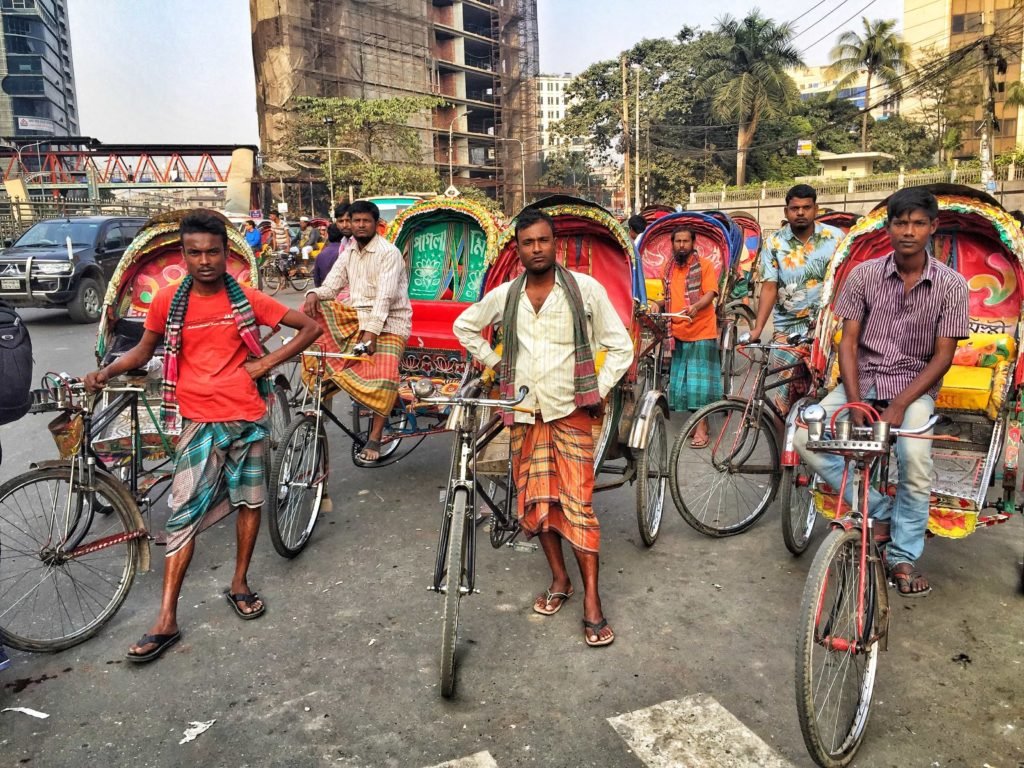
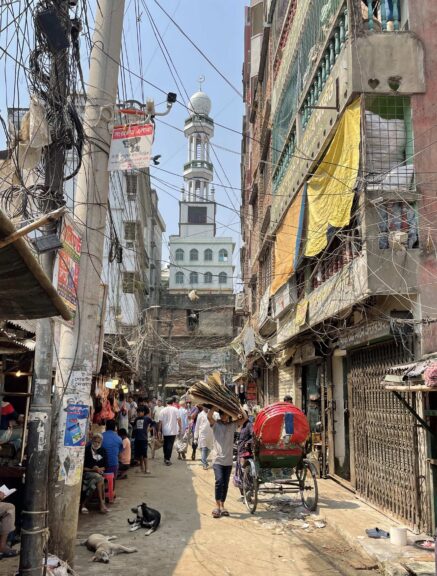
From the capital we started to travel north, slowly. There is no other way to travel in Bangladesh.
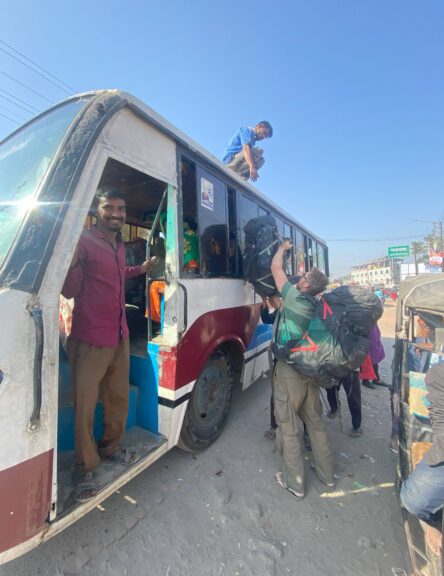
None of the towns we stopped in had much to inherently recommend themselves to visitors: Bogura has the second highest number of cycle rickshaws in the country, if you consider that a major draw.
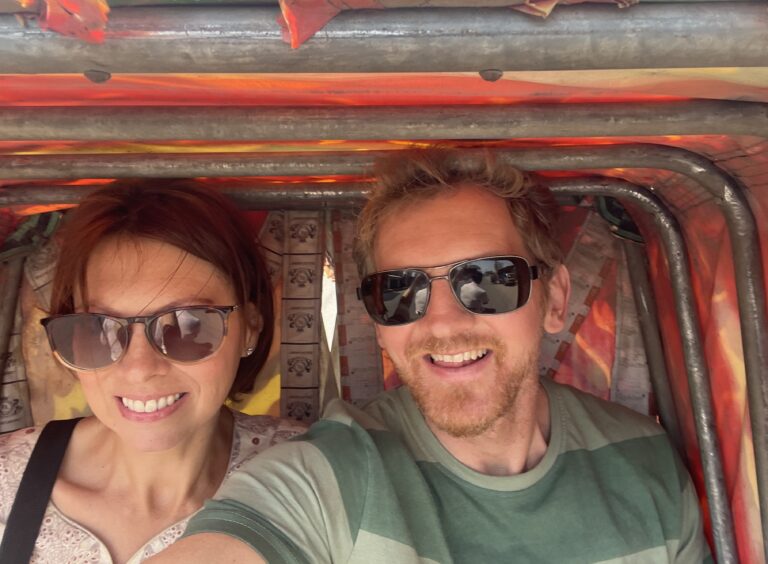
But we weren’t really in Bangladesh to sightsee: we just wanted to enjoy being in Bangladesh.
And that is what’s easiest to do here, it’s easier than river travel or trains or buses.
The people are great. They’re friendly and kind and no one ever tries to sell us stuff we don’t want or pull some kind of scheme (ahem, India). We popped into people’s homes to say hello or drank chai and chatted in the street.
The countryside is green and beautiful so whenever the dust and dirt of a busy town started overwhelming our lungs, the next bus trip was actually a breath of fresh air. Rooms are basic but we always had our own comfy space to retreat to if the staring got to be a bit much (and staring is a national sport, in Bangladesh). The food is pretty simple but it’s good, and I love the sweets.
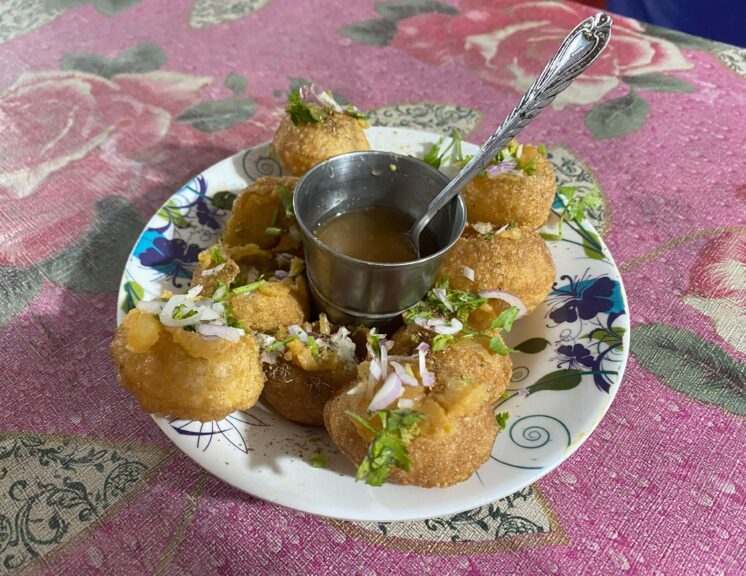
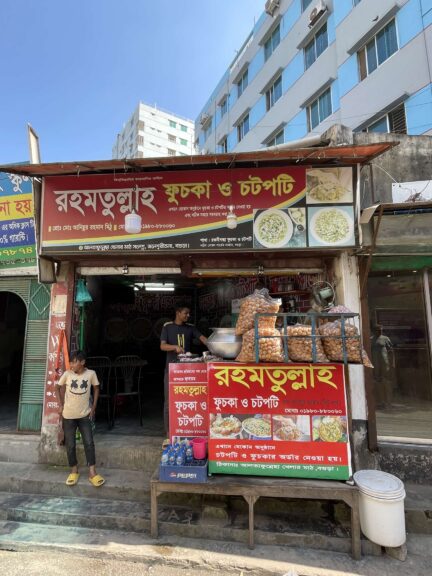
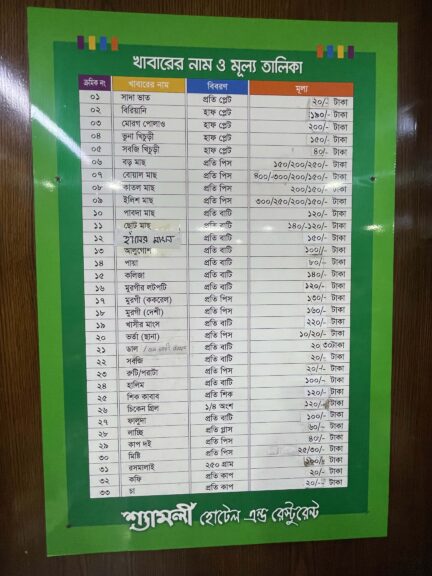
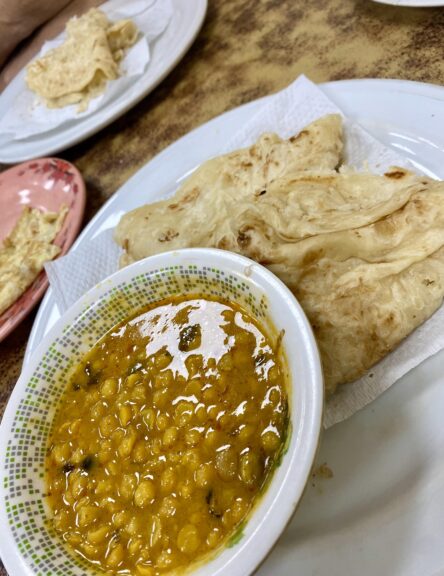
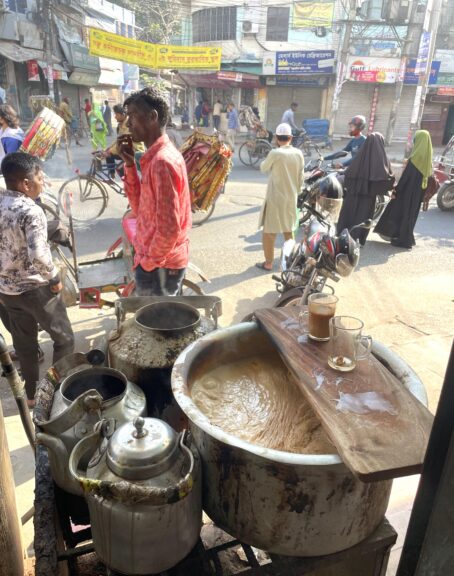
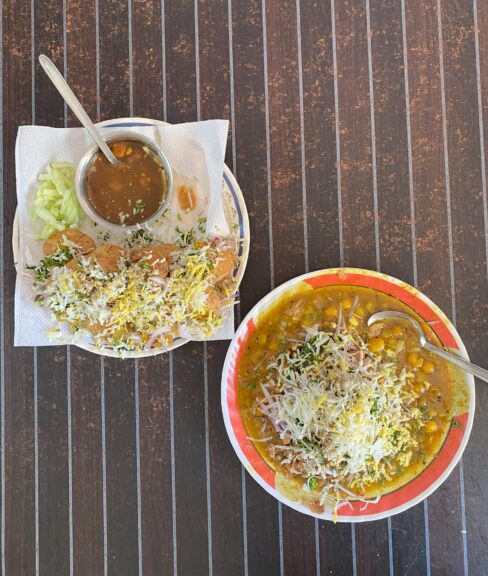
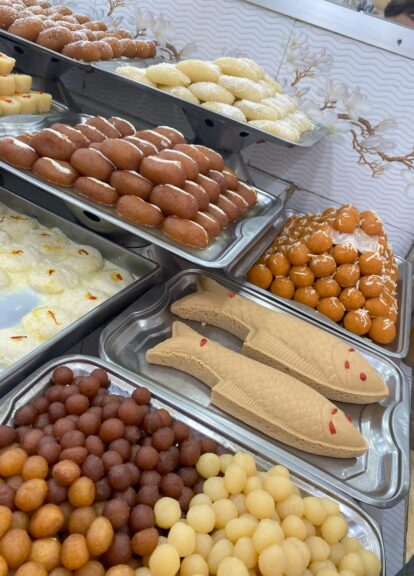
In obscure and dusty villages we rambled into old Hindu temples, and the remnants of a monastic centre significant to Buddhists, Jains, and Hindus alike since the eighth century.
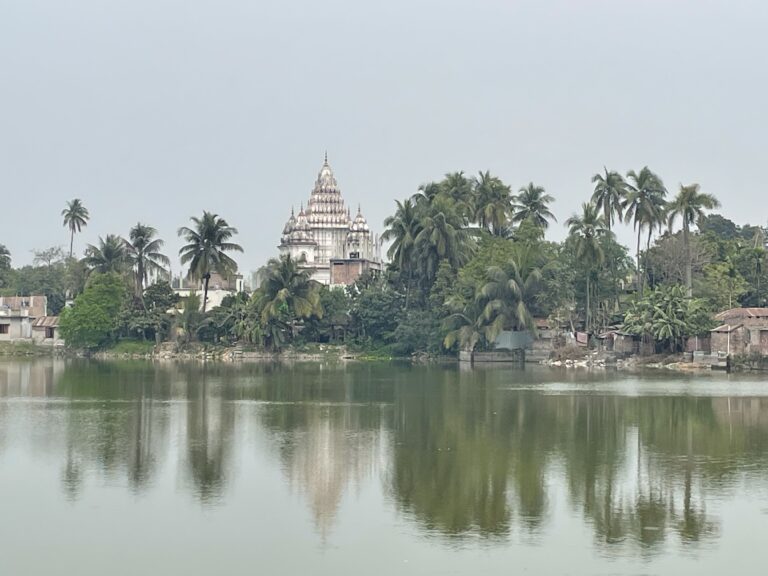
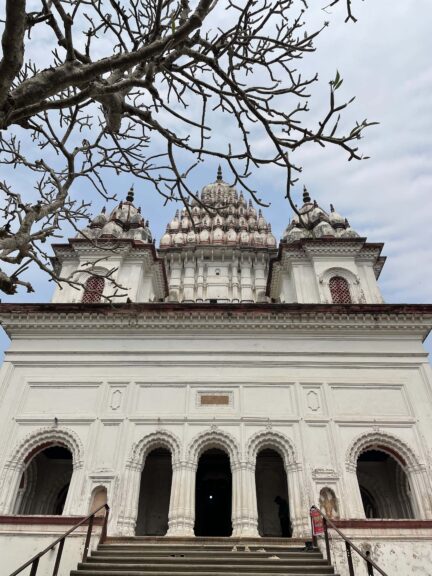
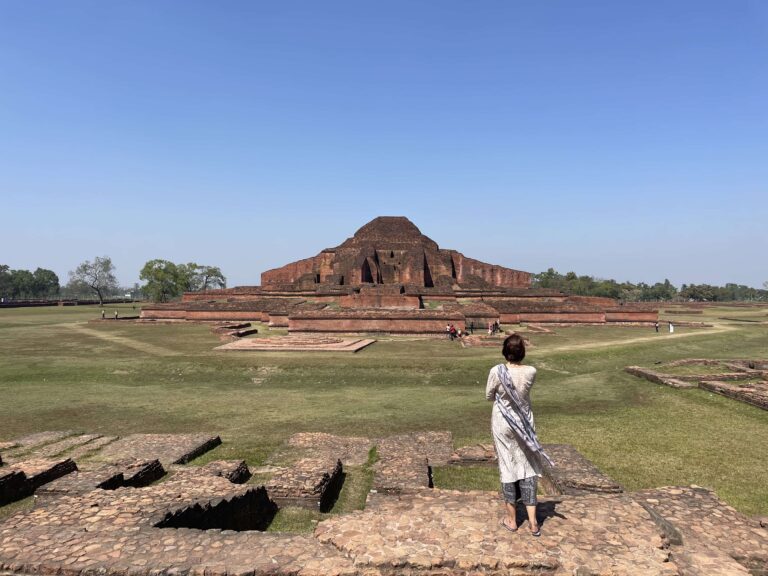
Even in Dhaka whenever a tidal wave of traffic and humanity threatened to sweep us away, we found refuge in cafes and biryani joints, Mughal gardens, mosques and churches and temples.
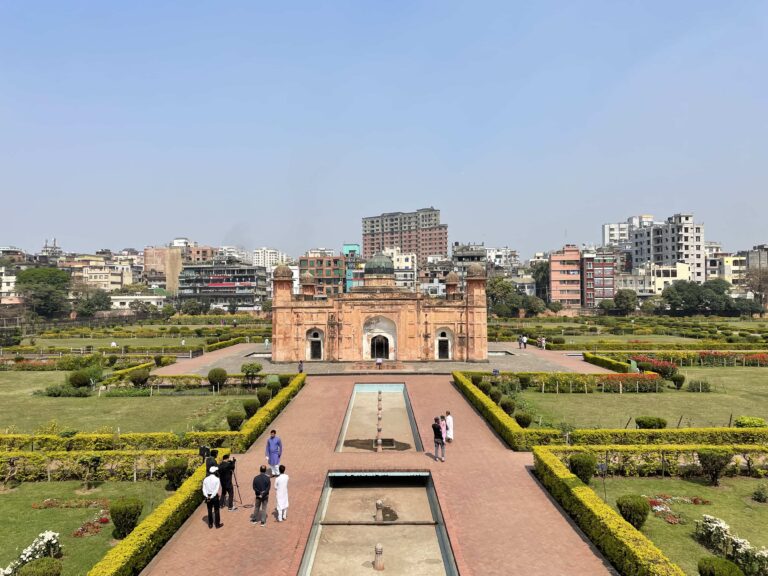
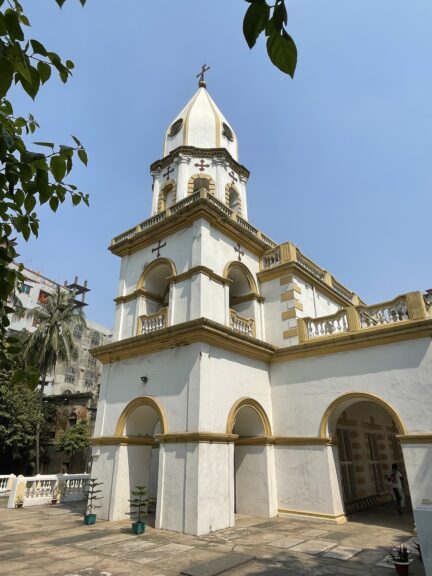
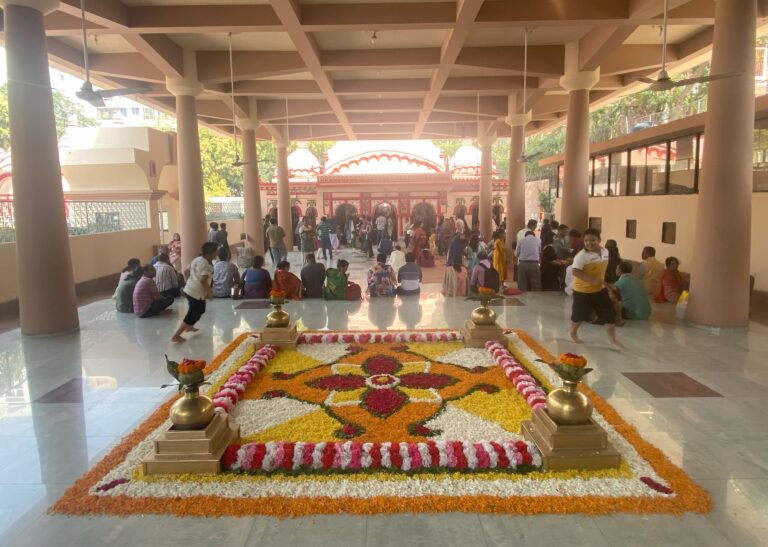
Well, we tried
And if you can’t get a train or a bus or a boat, you can always get an auto rickshaw.
Bangladesh is tiny, and almost surrounded by India. We entered from India at the southwestern border. We were heading for Assam, an Indian state famous for tea and elephants, far away above the northeastern border – at the opposite end of Bangladesh, in other words. It took us almost an entire day from Rangpur, stringing together one auto rickshaw ride after another to reach the checkpoint. It’s not an entirely ludicrous way to travel.
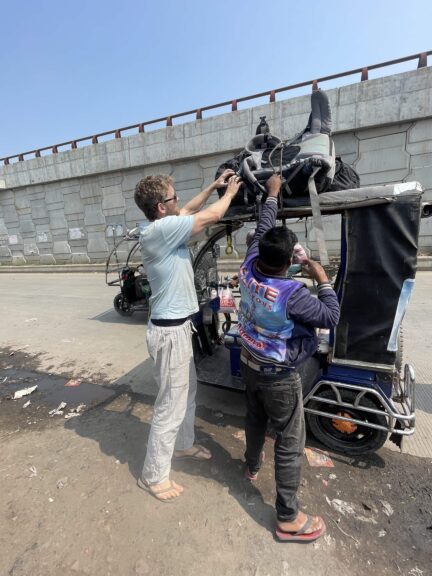
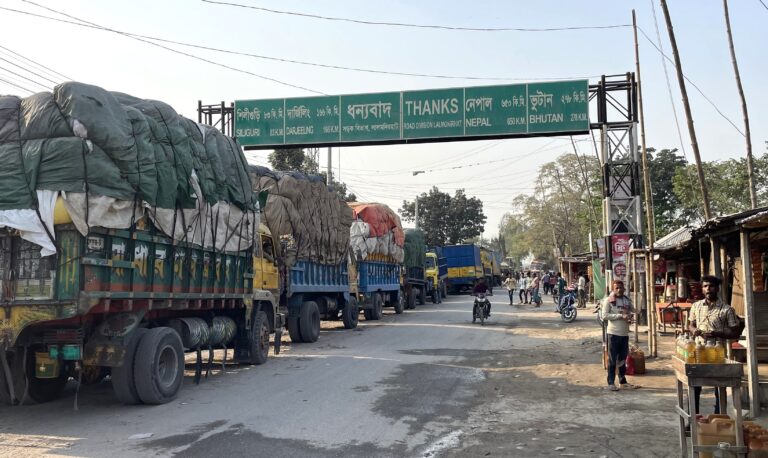
That’s when we found out that India wouldn’t let us in at this particular border. We spent some time in no-man’s land trying to find out why. ‘Benapole, Benapole! Or fly from Dhaka!’ said the Indian officer, waggling his head and his finger at us simultaneously. We trudged back to Bangladesh.
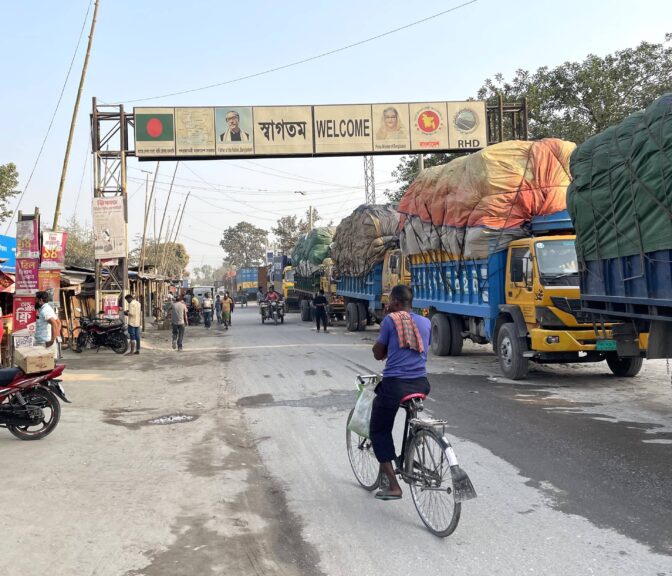
It didn’t feel so tiny anymore, as we traveled by bus for twenty-four hours straight down the entire length of it, all the way back to Benapole, right back to where we’d started two weeks earlier.
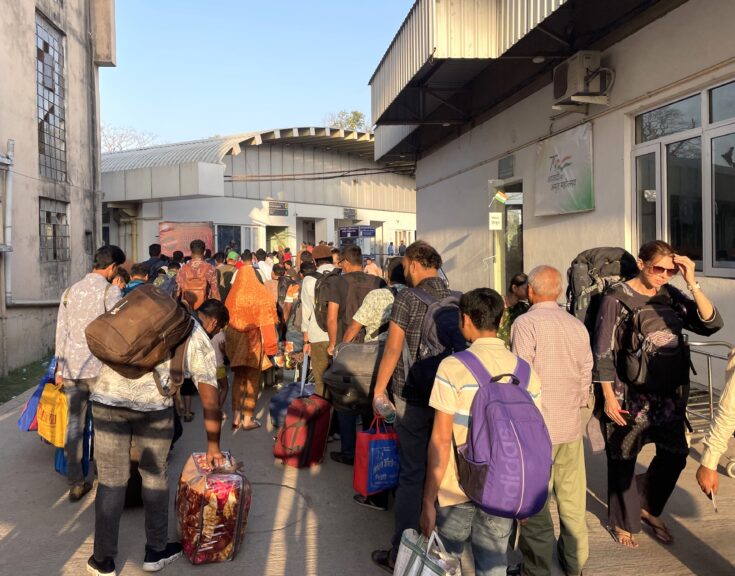
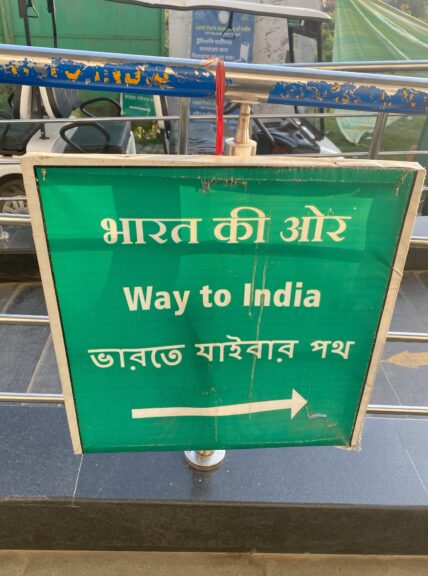
Straggling back into India, we were nowhere near where we’d planned to be just a day or two ago. And we missed the last bus departing for Kolkata. But sure enough, we caught a train.
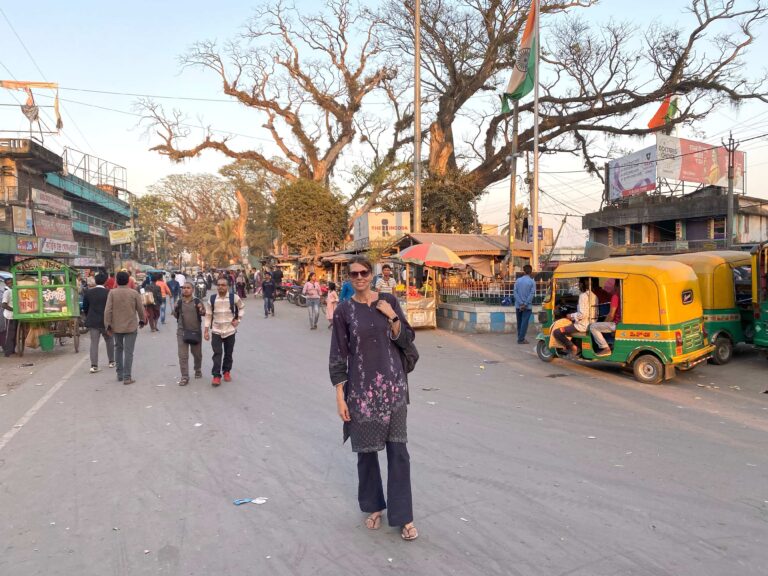
Read More
For more of our adventures (and misadventures) as we travel from Cameroon to Japan, check out the rest of my stories from the road.
Or have a look at these stories from my previous visits to India or my solo travels in Bangladesh.



